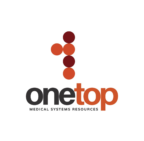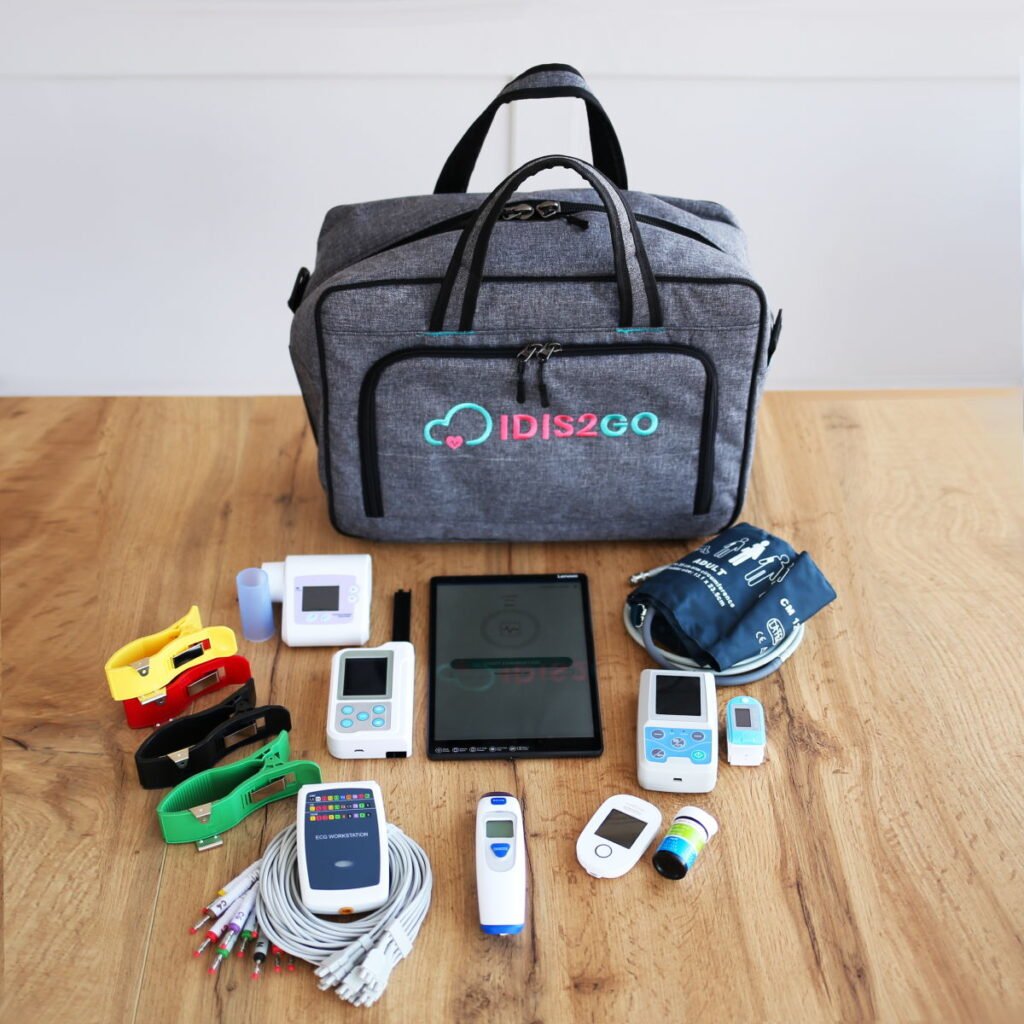Telemedicine Without the Myths: FAQs for Municipal Health Officers
Telemedicine is fast becoming a priority for local governments, but many Municipal Health Officers (MHOs) and Mayors still have important questions about how it will work in practice. Concerns range from the role of doctors in interpreting results, to how rural or island barangays with limited connectivity can benefit, to whether private diagnostic providers might be sidelined. This FAQ addresses those questions directly, showing how IDIS2GO Telemedicine, distributed by One Top Medical Systems Resources, can be realistically integrated into municipal health systems to expand inclusiveness, strengthen PhilHealth reimbursements, and support — not replace — the vital role of local health professionals.
1. If health workers in far-flung barangays collect data, don’t we still need doctors to interpret the results? How will this work in practice?
Yes, doctors are still essential — IDIS2GO does not replace physicians. What it does is bring diagnostic data closer to the doctor without forcing the patient to travel. Barangay health workers or nurses can operate the portable devices, then results are transmitted securely to a municipal or partner physician for interpretation.
For rural towns with one or two doctors, this means the doctor can extend their expertise virtually, covering more patients in less time.
For island municipalities, this allows doctors in the poblacion to oversee cases in remote barangays without needing to physically cross by boat each time.
2. Why not just hire more doctors instead of investing in telemedicine?
Hiring more doctors is always beneficial, but it’s also one of the hardest challenges for LGUs:
Doctor shortages in rural areas mean recruitment is extremely difficult, even with budget available.
Retention issues often lead to turnover, leaving gaps in service.
Telemedicine complements the medical workforce by maximizing the reach of the doctors you already have. Instead of choosing between “more doctors” or “technology,” IDIS2GO allows municipalities to do both: make the most of limited doctors while planning for longer-term recruitment.
3. How do we operationalize telemedicine if connectivity in remote barangays is unreliable?
IDIS2GO is designed with flexibility in mind:
Diagnostic data can be stored locally and synced when connectivity is available.
Many functions (BP, ECG, glucose, oxygen saturation) work offline, ensuring services are delivered even without internet.
Results can be transmitted securely once the device reconnects.
This ensures continuity of care even in poor-connectivity areas.
4. Won’t private diagnostics centers see telemedicine as a threat to their services?
Telemedicine is not about competing with private providers — it is about expanding access where private facilities are absent or impractical. In fact, telemedicine can:
Reduce congestion in private centers by handling basic diagnostics at the barangay level.
Create referral pathways: patients needing advanced tests can still be referred to private facilities, but with clearer pre-screening data.
Support equity: the poorest households, who often cannot afford private diagnostics, finally get access to essential services.
Rather than replacing private diagnostics, telemedicine frees them to focus on higher-level services while LGUs handle first-contact care.
5. How will telemedicine integrate into PhilHealth reimbursements?
PhilHealth’s Konsulta package reimburses outpatient consultations, diagnostics, and medicines. With IDIS2GO:
Barangay health workers can perform Konsulta-eligible diagnostics.
Municipal doctors can review and finalize cases remotely.
The LGU can document more encounters, leading to higher reimbursements.
Instead of draining LGU budgets, telemedicine becomes a revenue-generating service that sustains itself over time.
6. Is it realistic for health workers to handle technology in remote areas?
Yes. IDIS2GO is designed for ease of use, with training that equips barangay health workers to handle the devices confidently. The role of the doctor remains essential, but the initial data gathering is decentralized, making municipal health services more efficient.
7. Does investing in telemedicine mean we are deprioritizing traditional health infrastructure?
Not at all. Telemedicine is not a substitute for health facilities — it is an extension of their reach. It allows LGUs to bring services closer to patients while still investing in hospitals, diagnostics centers, and rural health units. In fact, telemedicine strengthens the case for infrastructure investments, because it ensures patients are already engaged in the health system before they reach hospitals or higher-level care.
8. How does this affect the role of MHOs?
Telemedicine actually empowers Municipal Health Officers. Instead of being stretched thin by distance and logistics, MHOs can:
Supervise more patients remotely.
Get better diagnostic information from barangays.
Focus their time on cases that truly require their direct attention.
In short, IDIS2GO helps MHOs do more with their limited time and resources, reinforcing their leadership role in municipal health.
Key Takeaway for MHOs and Mayors
Telemedicine with IDIS2GO is not about replacing doctors, competing with private providers, or avoiding infrastructure. It is about amplifying what municipalities already have, ensuring every community — even the farthest island or upland barangay — is included in health services.
By partnering with One Top Medical Systems Resources, LGUs gain a trusted, operationally practical telehealth system that supports inclusiveness, strengthens PhilHealth revenues, and enhances the role of local doctors.




